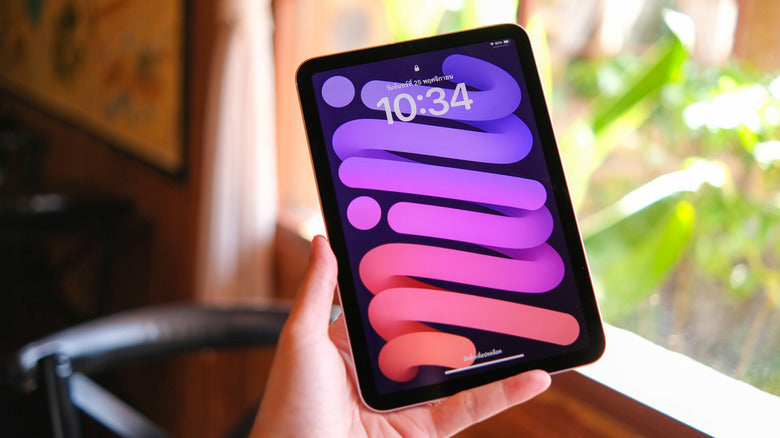
Apple Plans OLED Upgrades for Future iPad mini, iPad Air, and MacBook Air
Share
Apple is reportedly preparing to bring OLED display technology to more of its mainstream devices — including the iPad mini, iPad Air, and MacBook Air — according to a new report from Bloomberg. The move marks a major step in Apple’s long-term plan to bring premium screen quality across its lineup, beyond the iPad Pro and iPhone.
iPad mini Could Be First to Get the OLED Treatment
Among the three devices, the iPad mini appears to be leading the transition. A new model, internally codenamed J510, is said to be in development and could debut as early as next year.
The upgraded mini will reportedly feature an OLED display and a higher price tag — roughly $100 more than the current version — reflecting the cost of the new screen technology. Bloomberg also reports that Apple has tested a redesigned water-resistant casing with an updated speaker system that relies on vibrations instead of traditional speaker holes, potentially improving durability and sound clarity.
iPad Air Will Follow in a Future Generation
Apple’s next iPad Air, expected this spring, will continue using an LCD display. However, a future M-series model — likely powered by the M4 chip — is expected to make the switch to OLED.
That transition would bring the Air closer in visual quality to the iPad Pro, which recently received a major refresh with its M5 chip and tandem OLED display, delivering brighter colors, deeper contrast, and better power efficiency.
MacBook Air OLED Still Years Away
An OLED MacBook Air is also in early development, but don’t expect it anytime soon. Bloomberg says the upgrade isn’t likely before 2028, as Apple continues to balance cost, performance, and battery efficiency in its most popular Mac.
In the meantime, the current MacBook Air design is expected to get a performance bump with the M5 chip in spring 2026, though it will still use an LCD panel.
Apple’s Broader OLED Strategy
The gradual rollout follows Apple’s increasing investment in OLED displays, which first appeared on the Apple Watch and iPhone before expanding to the iPad Pro earlier this year. The MacBook Pro is next in line for OLED, with a major redesign planned for late 2026 that could also include a slimmer chassis and improved battery life.
The report notes, however, that Apple’s hardware roadmap remains flexible — citing the 18-inch foldable iPad project, which has reportedly faced delays that could push its release to the end of the decade.
What It Means for Users
The shift to OLED represents more than just a visual upgrade. Users can expect:
-
Richer colors and deeper blacks
-
Improved battery efficiency
-
Thinner and lighter designs
-
Better viewing angles and HDR performance
As Apple continues pushing its display technology across product lines, OLED looks set to become the new standard for its premium portable devices by the end of the decade.

